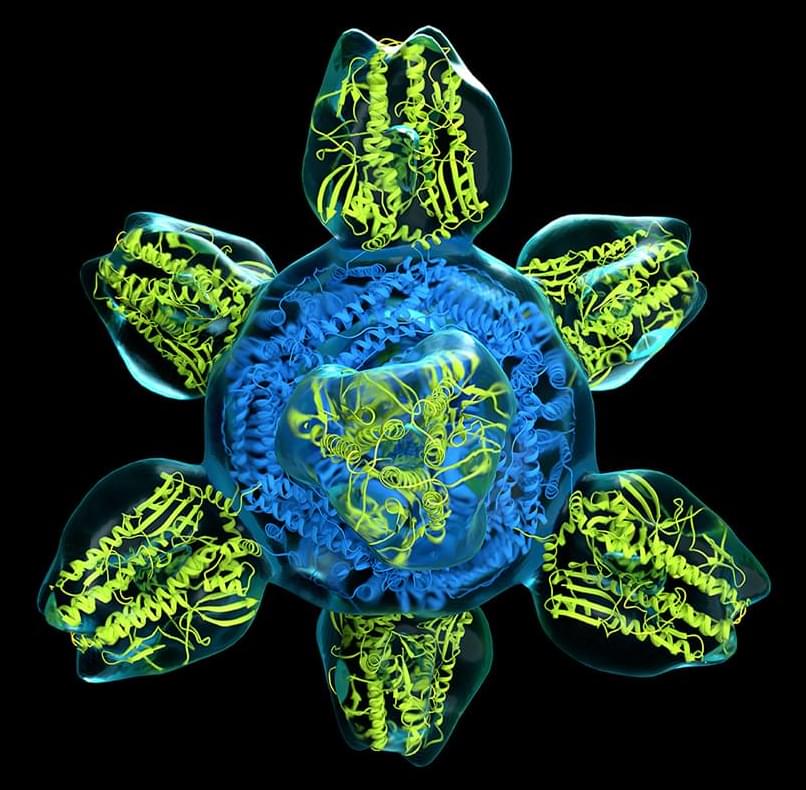Four decades ago, researchers raced to image proteins with electron microscopes cooled with liquid helium to near absolute zero. They hoped the extreme cold would reduce the radiation damage produced by the microscopes’ electron beams, resulting in sharper views. But inexplicably the images invariably came back fuzzier than when the machines ran at warmer liquid nitrogen temperatures. After years of frustration, helium cooling was all but abandoned. Now, researchers in the United Kingdom have finally figured out the problem: The lower temperature causes ice surrounding the proteins to buckle, distorting the images. And they’ve come up with a workaround to prevent the buckling and sharpen the resolution.
“It’s great they managed to get this to work,” says Peter Denes, a physicist at Lawrence Berkeley National Laboratory. Elspeth Garman, a structural biologist at the University of Oxford, adds that the resolution improvement “will feed into getting better detail of bigger protein complexes and smaller protein components within these complexes,” she says.
